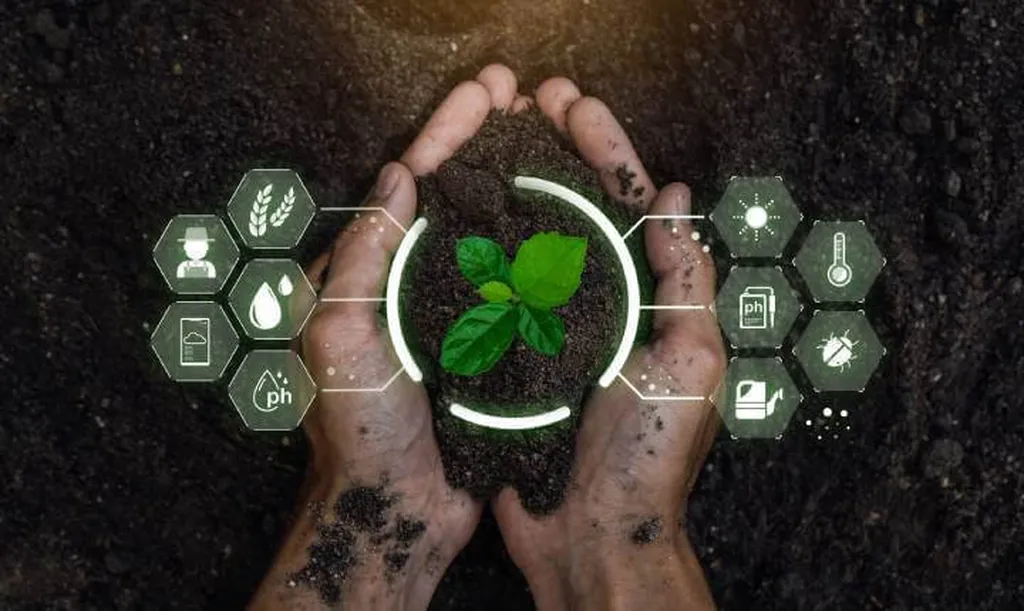In the heart of Hungary, researchers are harnessing the power of machine learning to revolutionize soil moisture prediction, a breakthrough that could significantly impact agriculture and energy sectors. Tarek Alahmad, a researcher at the Department of Biosystems Engineering and Precision Technology at Széchenyi István University, has led a study that promises to enhance irrigation scheduling and reduce water waste, ultimately contributing to more sustainable agricultural practices.
The study, published in ‘Frontiers in Soil Science’ (which translates to ‘Frontiers in Soil Science’ in English), focuses on predicting soil moisture content (SMC) at various depths and soil types using three machine learning models: random forest regression (RFR), eXtreme gradient boosting (XGBoost), and long short-term memory (LSTM). Accurate prediction of SMC is crucial for agricultural systems as it affects hydrological cycles, crop growth, and resource management.
Alahmad and his team collected data during the maize season in 2023, utilizing IoT-based sensors to gather meteorological parameters and the gravimetric method to measure SMC. The researchers then developed models to predict SMC in three soil types—loam, sandy loam, and silt loam—at depths ranging from 5 to 80 cm.
The results were promising. RFR demonstrated high accuracy, particularly in loam soil at a depth of 80 cm, with a root mean square error (RMSE) value of 0.89 and a mean absolute error (MAE) value of 0.74. LSTM performed effectively at shallower and moderate depths, while XGBoost showed robust performance in sandy loam soil at 5 cm depth, achieving an RMSE of 0.025 and an MAE of 0.159.
“By providing precise SMC predictions across different spatial and temporal scales, this study underscores the value of ML models for SMC prediction,” Alahmad explained. “This could have implications for improving irrigation scheduling, reducing water wastages, and enhancing sustainability.”
The study also revealed that solar radiation and precipitation were the most influential predictors across all models, offering critical insights into dominant environmental drivers of soil moisture variability.
The implications of this research extend beyond agriculture. In the energy sector, understanding soil moisture dynamics can enhance the efficiency of bioenergy production and improve the management of water resources for energy generation. As the world grapples with climate change and resource scarcity, the ability to predict soil moisture accurately becomes increasingly vital.
This research paves the way for future developments in precision agriculture and sustainable resource management. By leveraging machine learning algorithms, farmers and energy producers can make data-driven decisions that optimize resource use and minimize environmental impact.
As Alahmad and his team continue to refine their models, the potential for widespread application grows. The integration of IoT sensors and advanced machine learning techniques offers a glimpse into a future where technology and agriculture converge to create more efficient, sustainable, and resilient systems.
In the words of Alahmad, “This is just the beginning. The potential for these models to transform agricultural practices and energy production is immense.” With ongoing research and development, the dream of a more sustainable future is becoming increasingly attainable.

